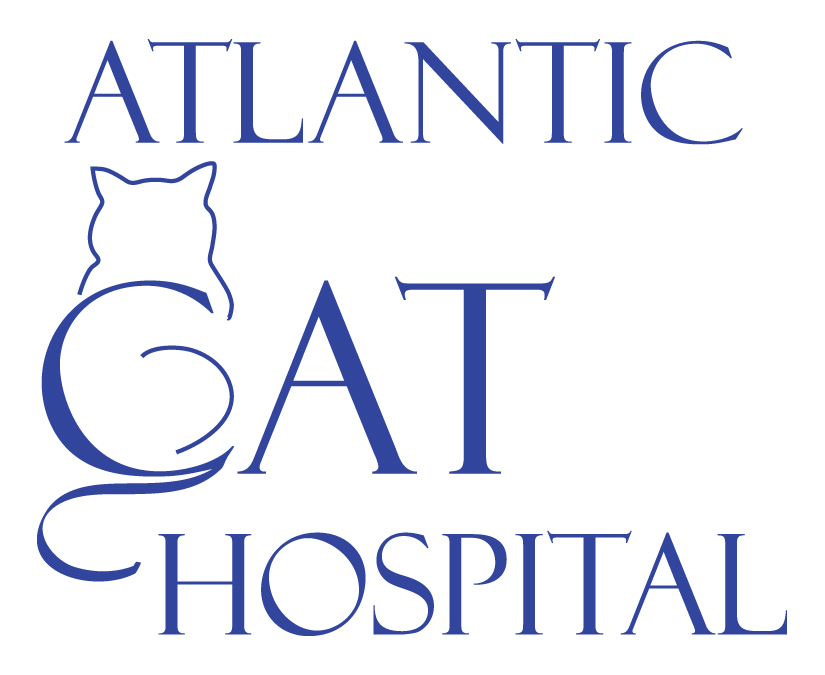Library
Sorry, no articles found.
6169 Quinpool Road, Suite 200, Halifax, NS B3L 4P6
Monday: 9:00 am – 5:00 pm
Tuesday: 9:00 am – 5:00 pm
Wednesday: 9:00 am – 5:00 pm
Thursday: 9:00 am – 5:00 pm
Friday: 9:00 am – 5:00 pm
Saturday: Closed
Sunday: Closed
In case of emergency please contact
Coastal Care Veterinary Emergency & Referral Hospital
https://www.coastalcarevets.ca/site/home
© 2025 Atlantic Cat Hospital.
Powered by LifeLearn Veterinary Websites

